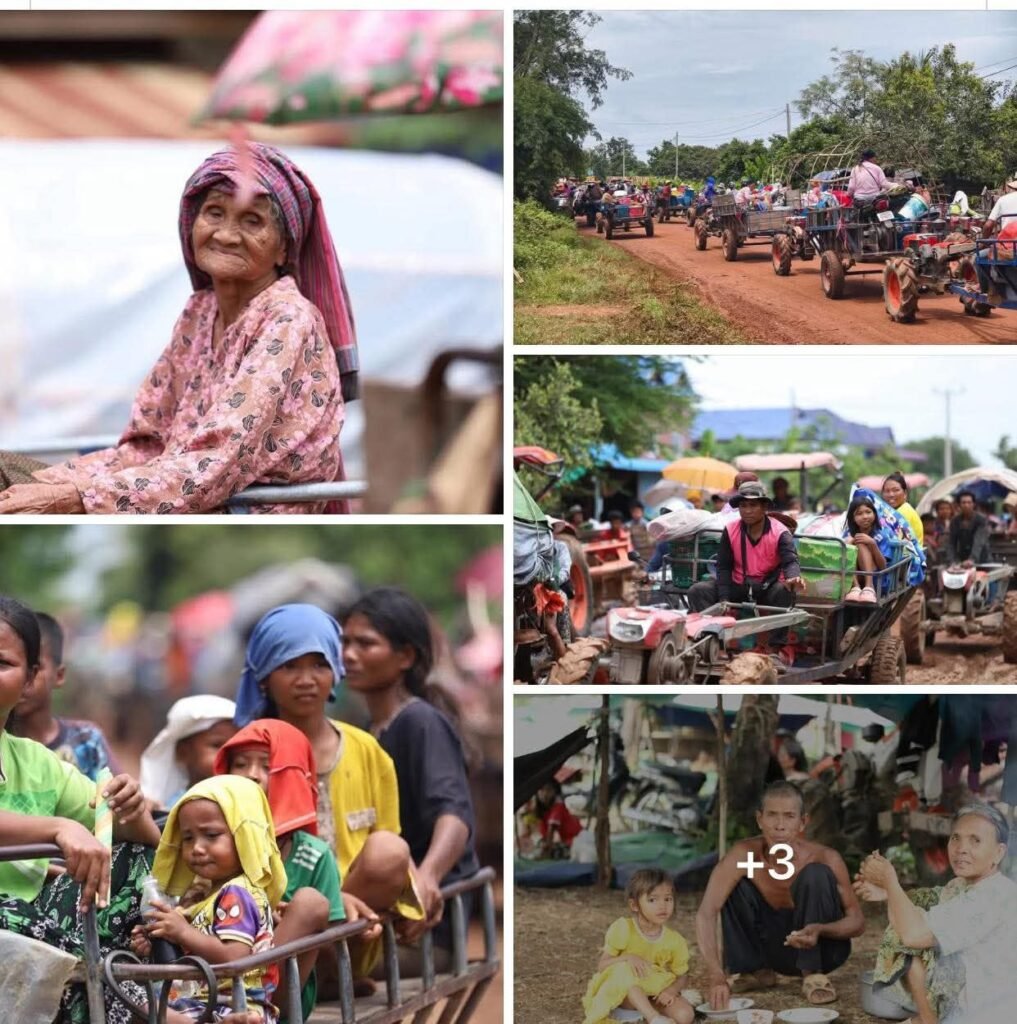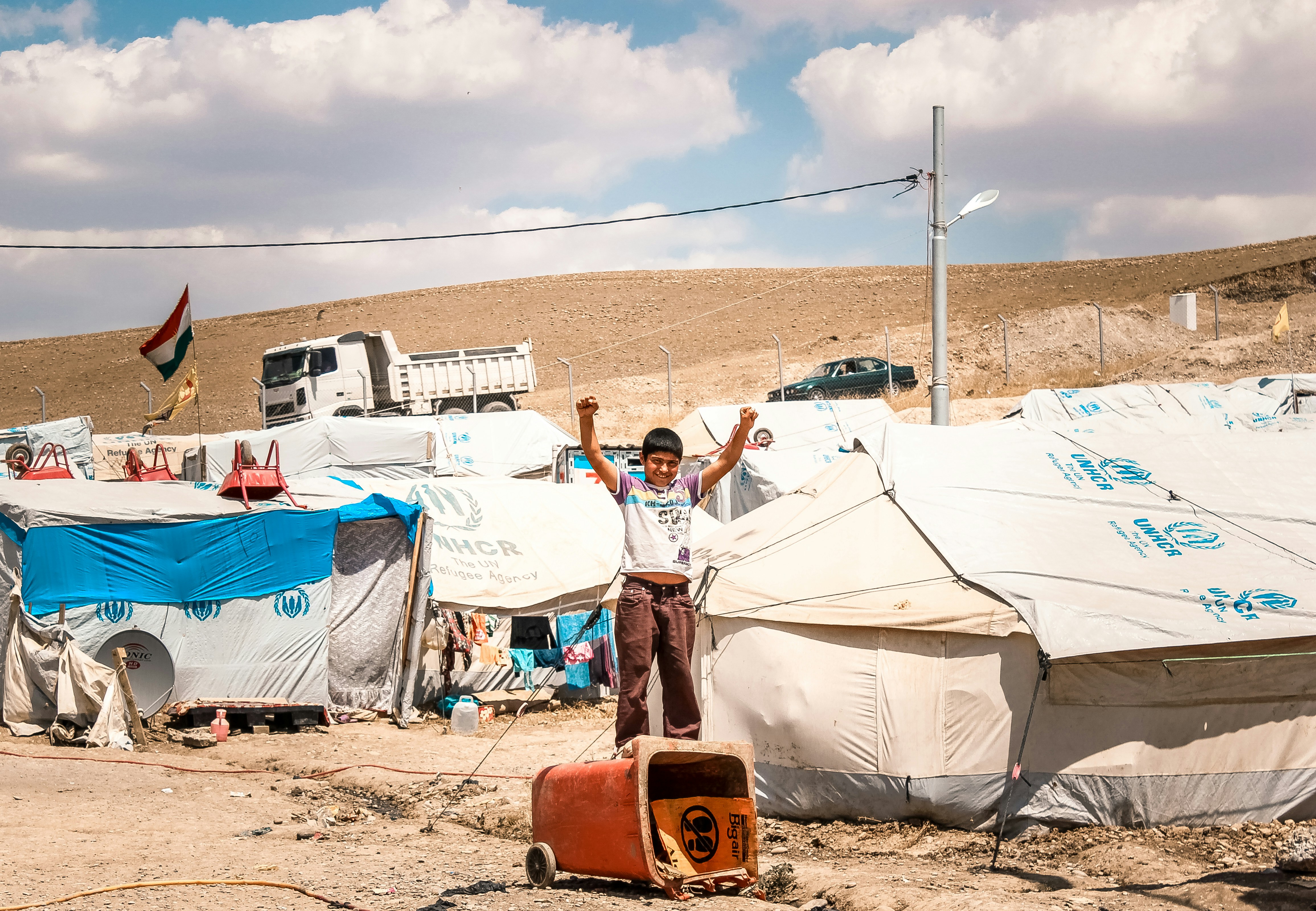
Historical Context: The Cambodian Wars and Their Aftermath
The historical journey of Cambodia is marked by a series of devastating conflicts that have significantly shaped its modern landscape. The Cambodian Civil War, which intensified in the 1960s and continued into the 1970s, was a complex struggle involving various factions, including the Khmer Rouge and the Royal Cambodian Government. The Khmer Rouge, led by Pol Pot, sought to establish a communist agrarian utopia, resulting in widespread violence, oppression, and human rights violations. The war culminated in 1975 when the Khmer Rouge seized control of Phnom Penh, embarking on a radical transformation of Cambodian society.
Under their regime, the Cambodian population endured indescribable hardships. Forced relocations, executions, and mass imprisonments characterized this period, known as the Cambodian genocide. An estimated 1.7 million people perished due to starvation, overwork, and systematic killings. This tragic episode not only decimated the population but also created deep scars in social fabric and communal trust, leaving a profound impact on the survivors and future generations.
The aftermath of the Khmer Rouge era saw Cambodia grappling with extensive socio-economic challenges. The country faced the monumental task of reconstruction amid the remnants of a shattered infrastructure and a traumatized populace. The instability fostered by the conflicting interests of various groups perpetuated a cycle of violence and migration, as many Cambodians sought refuge from the ongoing political insecurity and lack of sustainable opportunities in their homeland.
Today, the historical context of the Cambodian wars continues to resonate within communities, influencing migration patterns and ongoing disputes over land and resources. Many rural areas remain underdeveloped, with people often dislocated from their ancestral lands due to governmental policies or economic pressures. Understanding this historical context is crucial in addressing the persistent struggles faced by Cambodian communities, illuminating how the legacies of the past are intertwined with their present challenges.
The Current Situation: Displacement of Cambodian Communities
The contemporary landscape in Cambodia reveals a troubling reality for numerous communities, particularly those situated in remote areas. Displacement has become a prominent issue, driven by various economic and social factors that compel families—often including vulnerable groups such as children and the elderly—to abandon their homes. The primary catalyst for this migration is pervasive poverty, which affects millions of Cambodians and limits their access to vital resources such as education, healthcare, and employment opportunities.
In many rural areas, agricultural practices and livelihoods are increasingly threatened by climate change, land grabbing, and the decline of traditional farming methods. This erosion of local economies necessitates migration as families seek a more sustainable existence elsewhere. Moreover, the lack of access to basic infrastructure, such as clean water and reliable transportation, exacerbates the challenges faced by these communities. Families often find themselves trapped in a cycle of poverty that stifles prospects for future generations.
Additionally, ongoing violence and the threat of conflict significantly contribute to the displacement crisis in Cambodia. The remnants of past political turmoil continue to impact societal stability, often leading to distrust and fear among communities. With human rights violations and local conflicts disrupting daily life, many are left with no choice but to flee in search of safety and security. This quest for a peaceful environment comes with profound emotional and psychological ramifications, as individuals and families confront the traumas of separation from their homes and loved ones.
The displacement of Cambodian communities is not merely a demographic issue but a human crisis that illustrates the intersection of socio-economic hardship and conflict. Addressing these challenges requires a comprehensive understanding of the underlying factors driving migration and concerted efforts to provide viable solutions for those affected.
The Journey: Risks and Challenges Faced by Migrating Communities
The journey of Cambodian migrants, particularly those heading towards Thailand, is fraught with numerous risks and challenges. Many individuals and families embark on this perilous path driven by desperation for safety, improved living conditions, and better employment opportunities. Unfortunately, the pursuit of a better life often exposes them to grave dangers, including exploitation and human trafficking.
Among the most significant threats are the predatory practices of traffickers who exploit the vulnerability of migrants. These individuals often find themselves in perilous situations as they are promised work and safety but instead encounter abusive conditions in foreign lands. Cases of forced labor, sexual exploitation, and various forms of abuse are alarmingly prevalent, as traffickers prey on those lacking resources and options. This grim reality underscores the need for comprehensive support systems to safeguard these individuals throughout their journey.
The routes taken by many Cambodian migrants are often characterized by harsh conditions, as they traverse treacherous terrains and endure long periods of deprivation. The lack of access to adequate food and healthcare exacerbates their plight, leaving them susceptible to illness and fatigue. Additionally, the anxiety and fear stemming from potential encounters with law enforcement can further complicate their journey, as many migrants fear being deported and losing their chance at a better future.
Despite these dangers, the motivation to migrate remains strong. Many Cambodians view the risks as a necessary step toward overcoming dire circumstances at home, such as poverty and the aftermath of conflict. For them, the hope for safety and improved living conditions outweighs the formidable challenges of migration. Thus, understanding their plight is crucial in addressing the broader issues surrounding displacement and migration amidst conflict in Cambodia.
Hope and Resilience: Stories of Cambodian Migrants
Across the globe, Cambodian migrants have emerged as powerful examples of resilience amidst the trials of displacement and migration. Many have fled their homeland due to conflicts and socio-economic struggles, seeking better opportunities for themselves and their families. These individuals often face numerous challenges, ranging from bureaucratic hurdles to cultural adjustments in their new environments. However, their determination to rebuild their lives and support one another in the process highlights a remarkable spirit of hope.
One notable story is that of a woman who, after enduring tremendous adversity, started her own business in a foreign country. Initially arriving without financial resources or professional networks, she relied on the support of local Cambodian communities that functioned as vital support systems. These networks often provide language assistance, job referrals, and emotional support, essential for navigating the complexities of life as a migrant. Through shared experiences, these migrants create a sense of belonging, which not only helps them to thrive but also fosters a broader understanding of cultural exchanges.
Moreover, stories of Cambodian migrants reflect the adaptability and ingenuity of individuals who have faced separation from their origins. Many engage in community organizing and advocacy to address the challenges of well-being and integration faced by their peers. Such efforts underscore the importance of solidarity among migrants, which enhances their collective voice in advocating for better policies related to migration and integration. Additionally, these narratives highlight significant themes in the migration discourse, portraying it as an act rooted in resilience rather than merely displacement.
Ultimately, the courageous journeys of Cambodian migrants embody the human spirit’s capacity to overcome adversity, fostering a narrative of hope that resonates not only within their communities but also on a global scale. By showcasing their experiences, we gain invaluable insights into the pressing issues surrounding migration in contexts of conflict and struggle.

